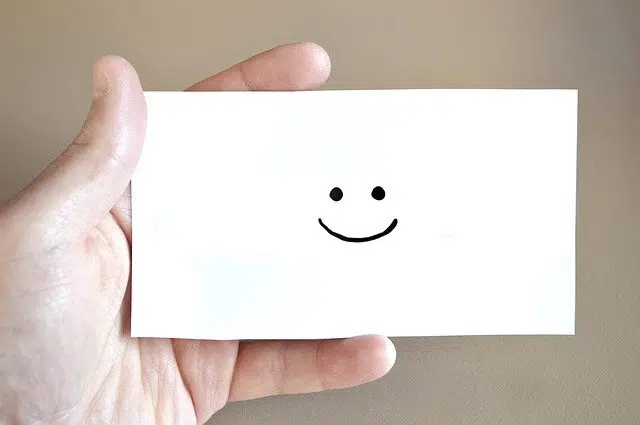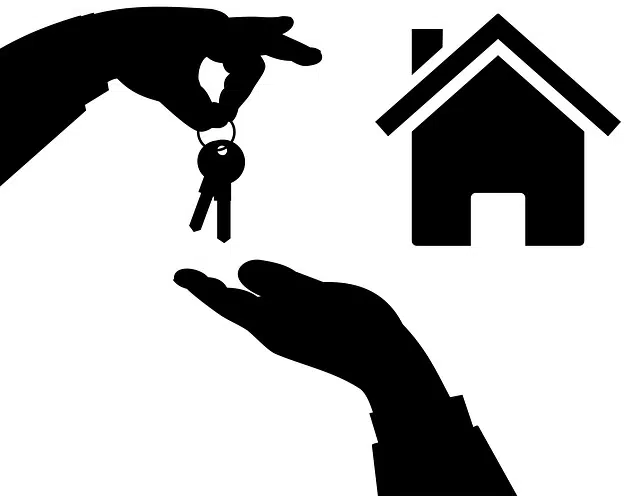
In philosophy, good is the opposite of evil.
Goods is the plural of the word good, which has its origins in the Latin term bene . Three major uses of this concept can be named: the philosophical good , the economic good and the legal good .
In philosophy , good is the antagonistic notion to evil . It is a tautological value given to the action of an individual. The good is that which is desirable, although not all people desire the same thing. In other words, something that is right for one may not be right for another.
Economic goods, for their part, are scarce goods that are acquired in a market after paying a certain price. They can be material or immaterial , but all economic goods have a value and can be valued in monetary terms.
Classification of economic goods
There are various classifications for economic goods: we can mention movable goods (which can be marketed nationally and internationally), real estate (they can only be consumed or used in the economy in which they are produced. For example: a house), complementary goods (which tend to be used together, such as vehicles and fuel), substitute goods (which compete within the market, such as butter and margarine), consumer goods (they do not seek to produce other goods or services) and capital goods (factors of production that are used to produce consumer goods), among others.
Movable property gets its name from the fact that it can be "moved" or "transferred" from one place to another easily, through various means , without sacrificing its integrity or that of the place in which it is stored. This is one of the most common types of possessions, since it encompasses all those that we store in rooms and that we can transport, although we do not usually carry them with us on a daily basis. In short, this group includes everything we use to decorate our homes and offices.
It is important to note that for the law the same object may or may not belong to the category of movable property, and this depends on the branch in which we operate. For example: for civil law , those things that adhere to the floor or other surfaces (tiles, kitchen furniture, etc.) are not considered furniture, but for criminal law they are, because a criminal can steal them . To expand the list, we can add the typical appliances and devices for mass use, and home or office furniture (whose name underlines its nature).

Houses are real estate.
The properties
Real estate has the opposite idea in its name: it cannot be moved. In fact, they are also known as real estate , because they are strongly linked to the land, attached to it in such a way that they cannot be separated by physical or legal means from the land. We could say that human beings acquire these properties to live, work and carry out various cultural activities, while we use movable property to complete them and give them specific functions.
As can be deduced, real estate is usually more expensive than furniture, although depending on factors such as brand, exclusivity and age, this can vary. Price is a very relevant aspect in complementary goods, which exist because one depends on another: the increase in the price of one of them negatively affects the demand for the other, as happens if the price of fuel increases, because fewer people will want to buy a car. The easiest example to understand is footwear, although we can also mention gloves: although each piece is considered an individual good, it would be very strange to buy them separately.
Legal assets
Finally, it is worth mentioning that legal rights are those that are effectively protected by law .
It is important to highlight that the social interest is not a legal good until it is protected by law.
